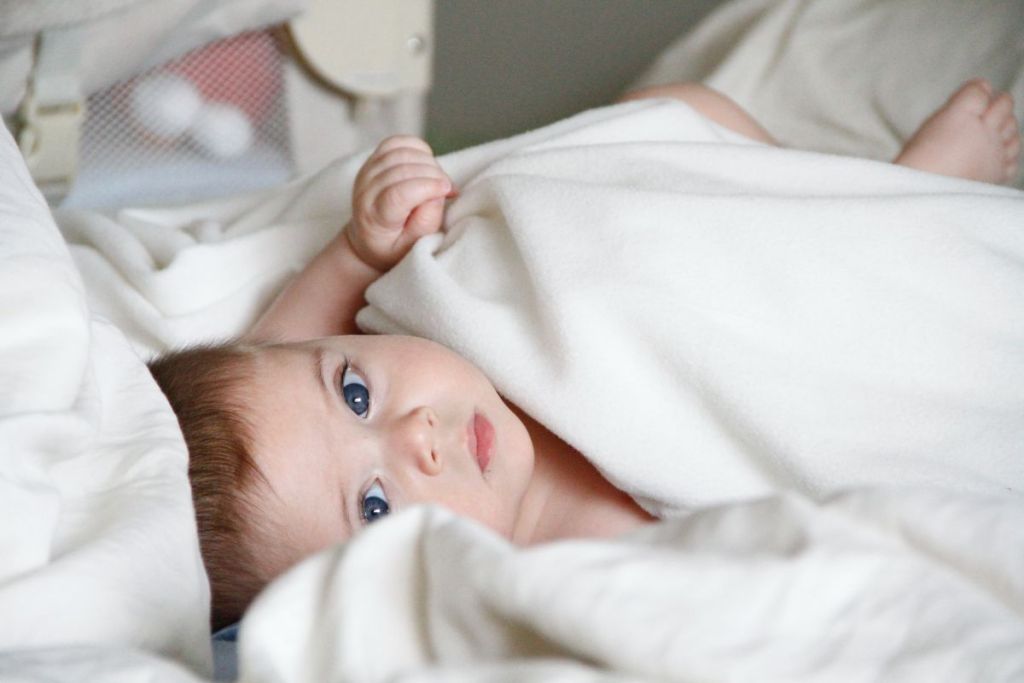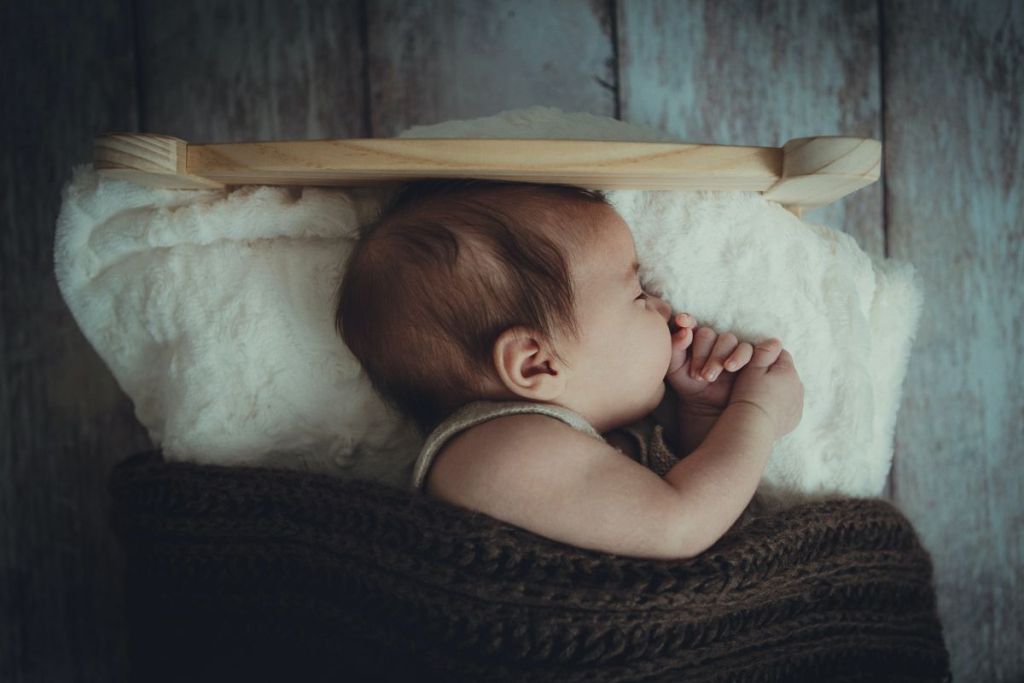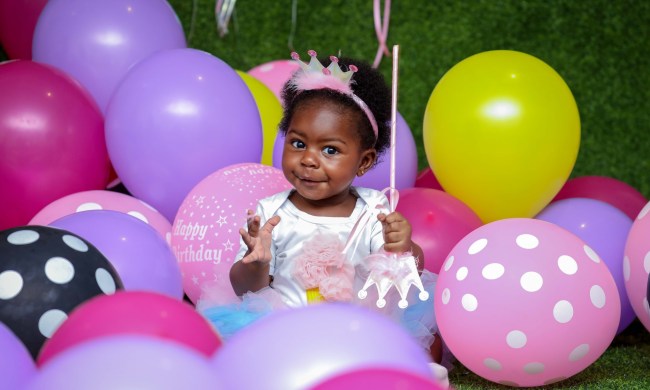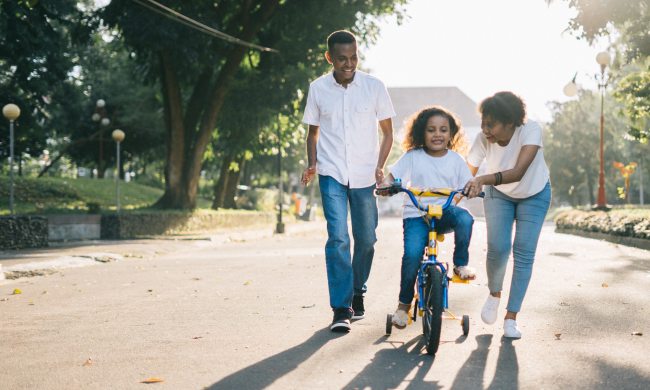Think back to your baby shower, where you were gifted with beautiful outfits, toys for the baby, and more. But one special gift that as parents we tend to save and even pass through different generations is baby blankets. There are so many lovely blankets trimmed with different fabrics, and you’ll want your little one to be able to sleep with one, along with a cute little pillow that tops off the whole bedding set. You may be asking yourself, “When can babies sleep with a blanket?” And as they get older, “When can a toddler sleep with blanket and pillow?” We’ll break it down for you.
Blankets in the crib
As parents, we may look at the baby monitor and think that our babies are cold or could benefit from having something comforting, like a blanket, inside the crib. However, according to the American Academy of Pediatrics – (AAP), your baby’s crib should be free of anything soft and any other type of soft objects, such as stuffed animals. All of these objects can pose a suffocation risk to a child when they are placed into a crib. They can pose a strangulation risk as well as an increase in the risk of SIDS, as they can get trapped by these objects and pose a risk of suffocation. But as they get older and turn into toddlers, they can safely have some of these items.
Pillows in the crib
While there is no hard and fast rule as to when your baby can use a pillow, the subject is up for debate. Many experts think that a pillow can be used after your child turns 12 months old, while others say that it should not be until around 18 months or beyond. According to the AAP, there is not a specific age to introduce a pillow to your toddler. If your child is 12 months and older, it is probably safe to introduce a pillow in their crib. However, it cannot just be any pillow. When you are shopping for a pillow for your toddler’s crib, you will want to find one that is very firm, rather than soft, as soft things can still produce a risk of suffocation.

The best blanket
When your little one is past 12 months and you are ready to introduce a blanket to their crib, you’ll want to begin with a light blanket. While it may be tempting to get them a weighted blanket, experts advise against this. If you have a child that is a constant roller around the crib, you may want to consult your pediatrician to see if they should still sleep in a sleep sack, which can help restrict movement during sleep but keep them warm and cozy. Some things to think about when you are shopping for a pillow are how light it is, and the size of it. Large comforters should not be offered to your child for quite a bit. You also do not want to offer your child a blanket that has any kind of ribbons or ties on it either. A great blanket to begin with is one that is made of muslin, as that is an extremely lightweight fabric.

The best pillow
One of the best kinds of pillows for your toddler is ones that are thin. They are also meant to be pretty firm. A soft pillow will just put them in danger of suffocation risk. So while it may be tempting to share that really soft pillow you love with your little one, they need their very own pillow. When you are on the hunt for one, the firmer, the better. Not only does it decrease the risk of suffocation, but it also makes a great support for your little one’s neck while they sleep. If you are unsure of the kind of pillow you need or are looking for a recommendation of what one that you should purchase, you can speak to your child’s pediatrician about it. They will know what kind of pillow to use in your child’s crib.
There are varied times to introduce a pillow and a blanket for your toddler. When they and you are ready to introduce one or the other, make sure that you follow the guidelines set forth by the AAP. They will help you to figure out which kind of blanket and which kind of pillow would be the best starter for your child. Whether it is 12 months or 18 months, it is your choice of when you want to give them a blanket and/or a pillow. Here is hoping for many wonderful, blissful nights ahead for your little one!


